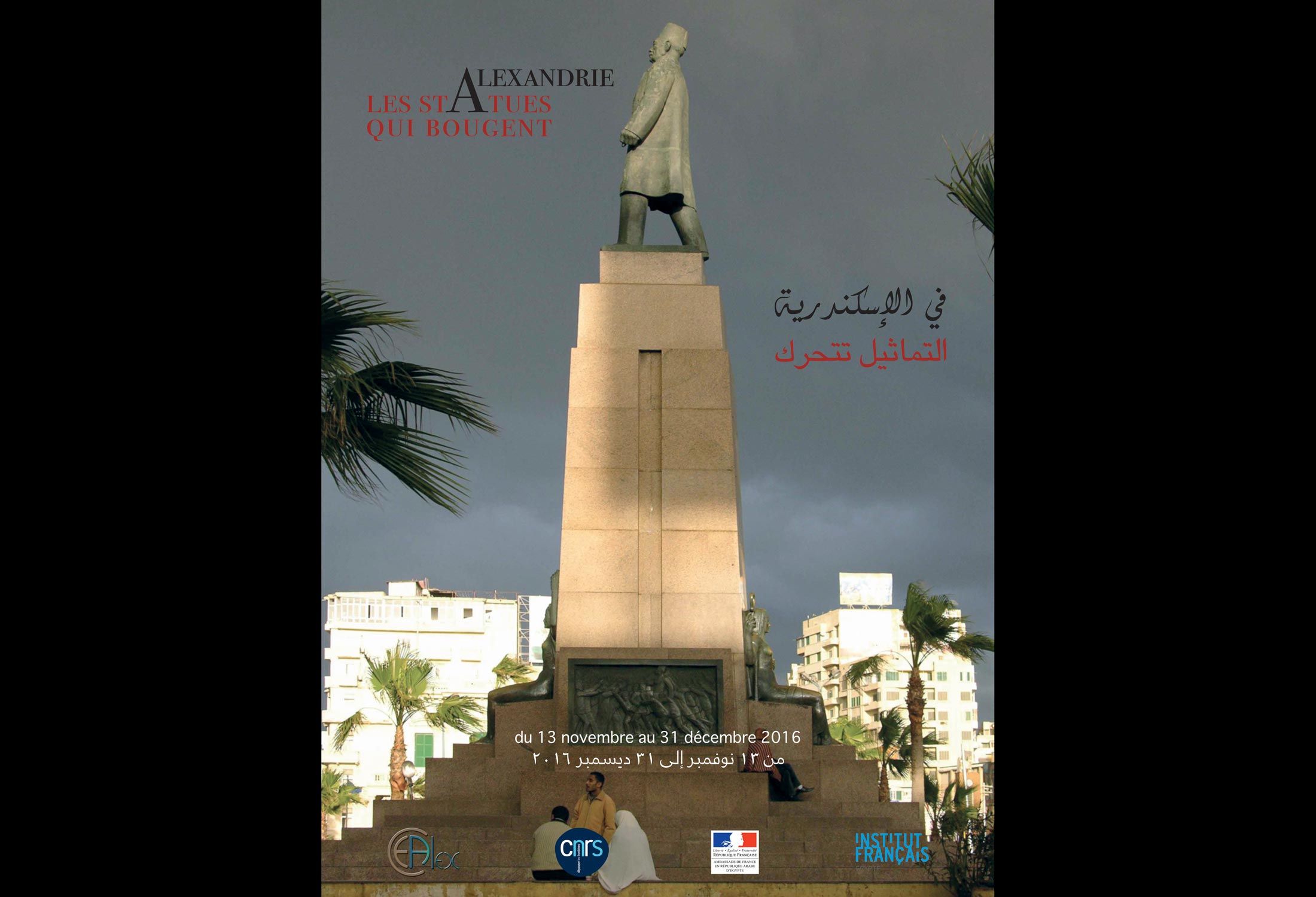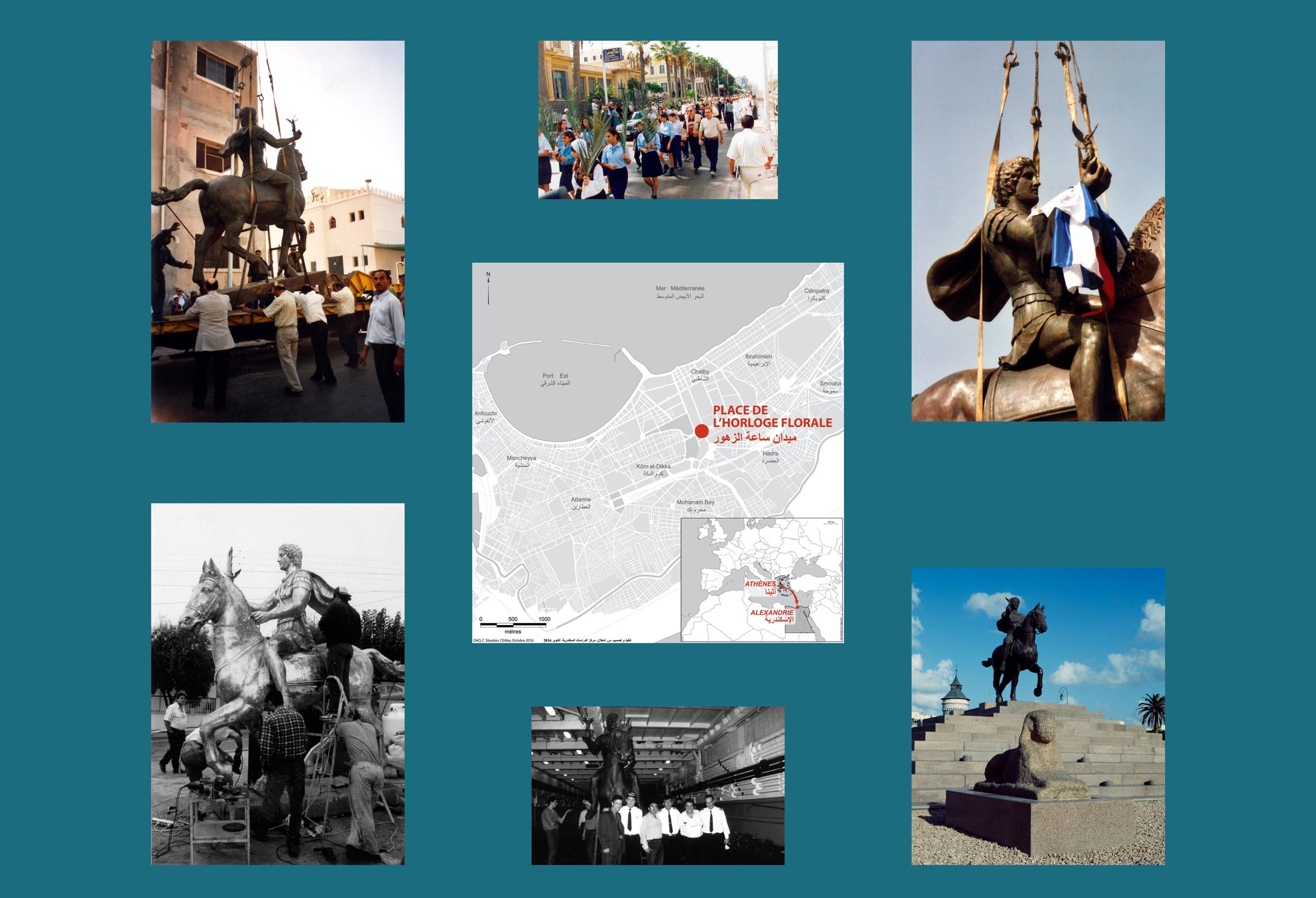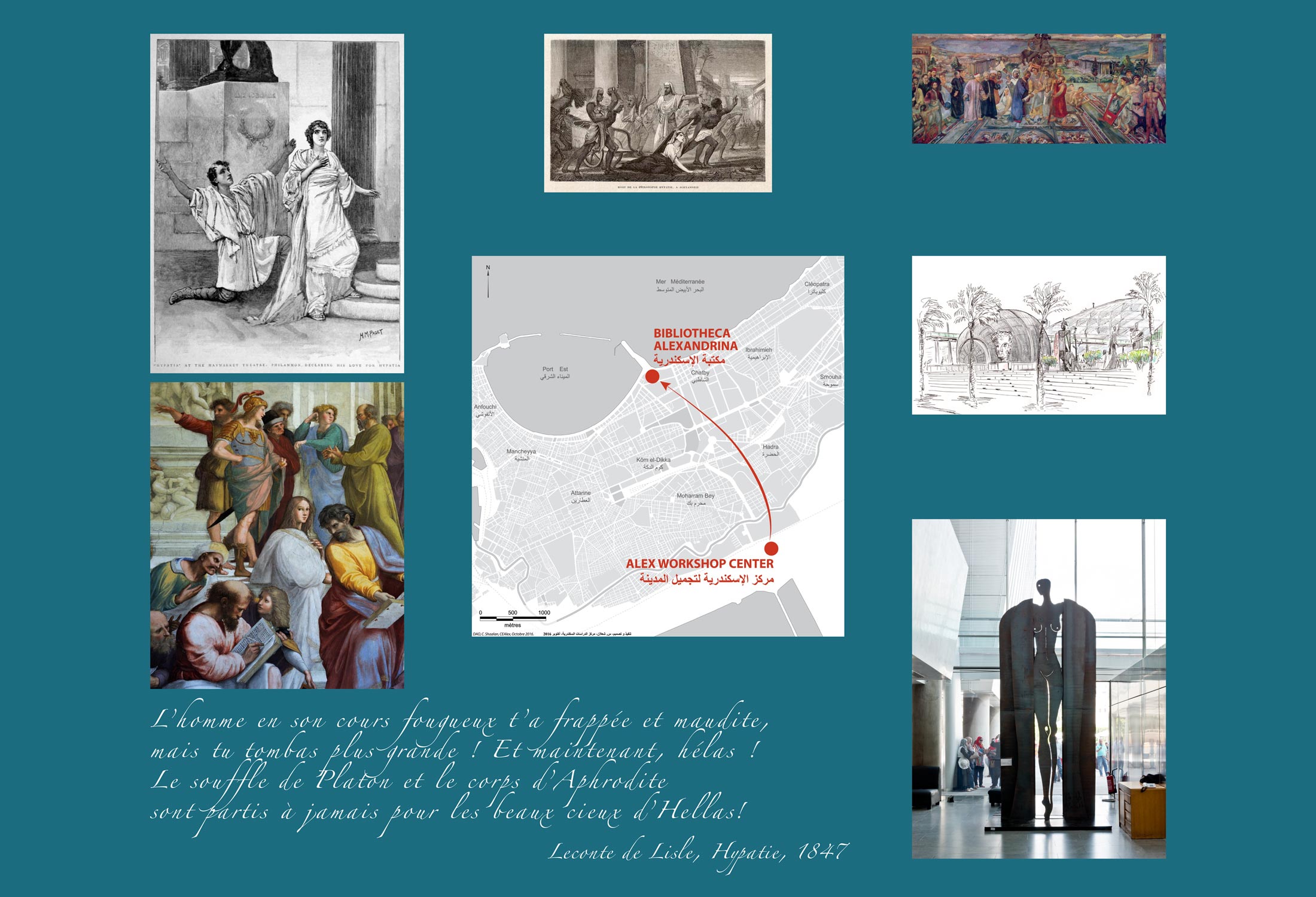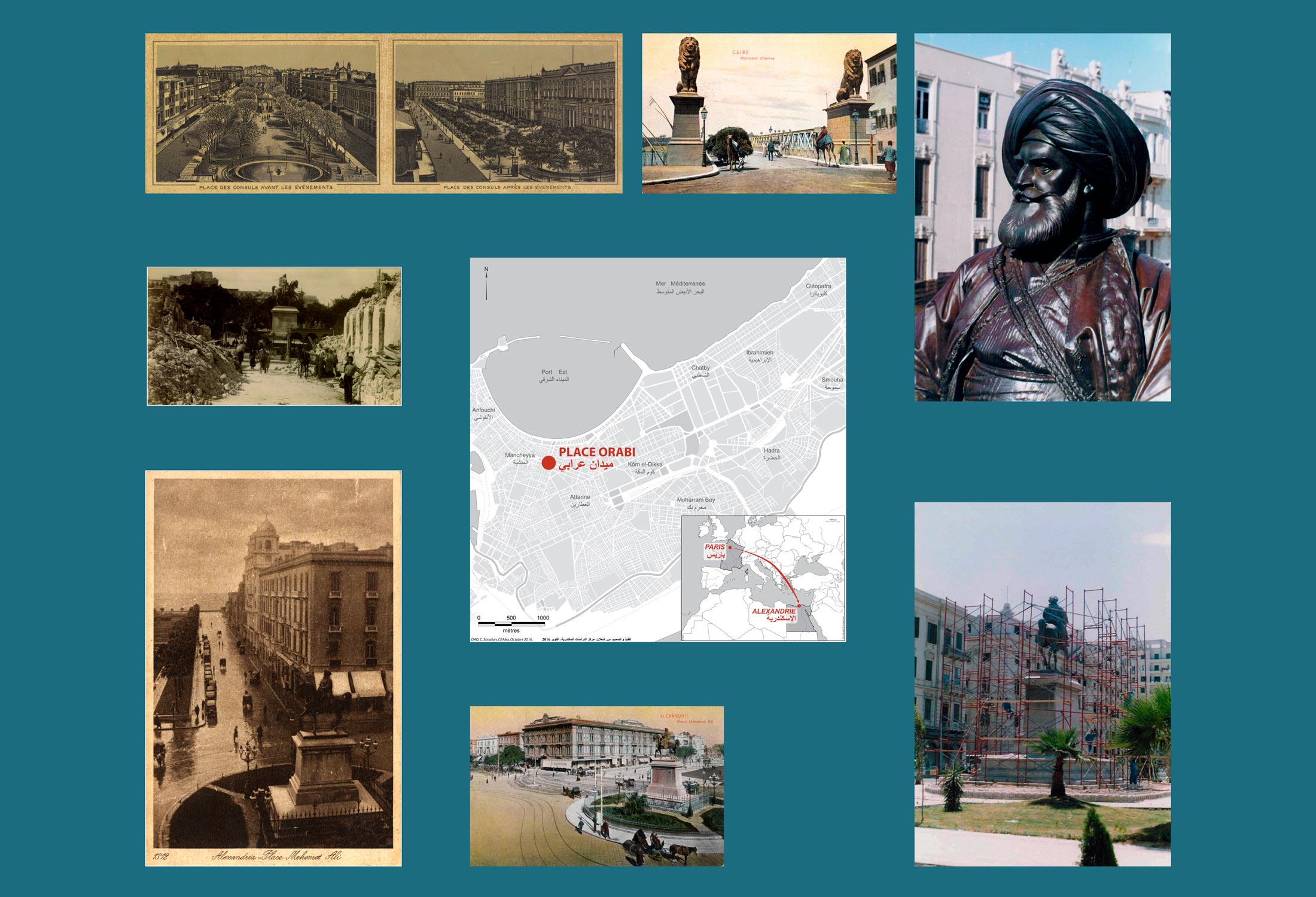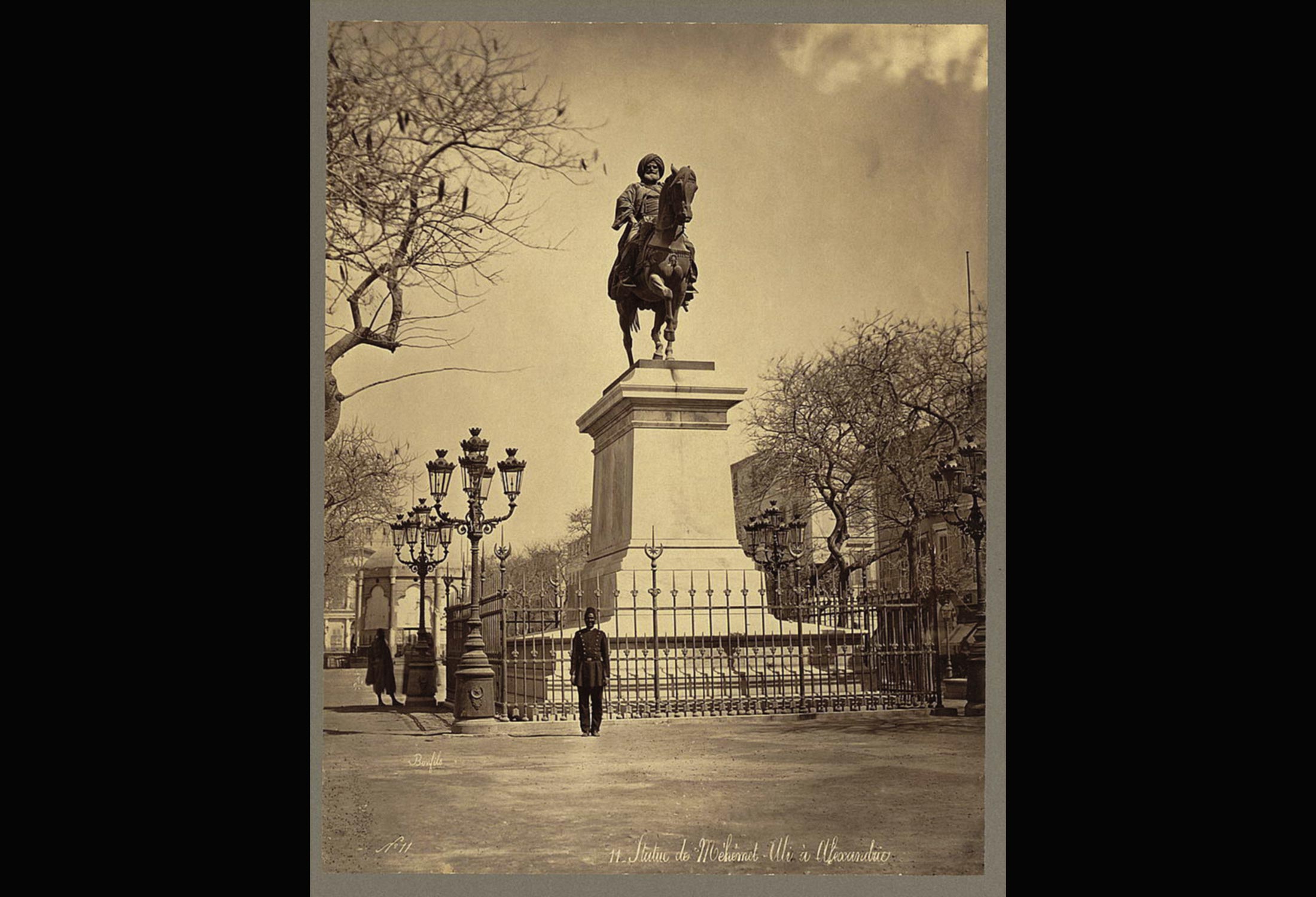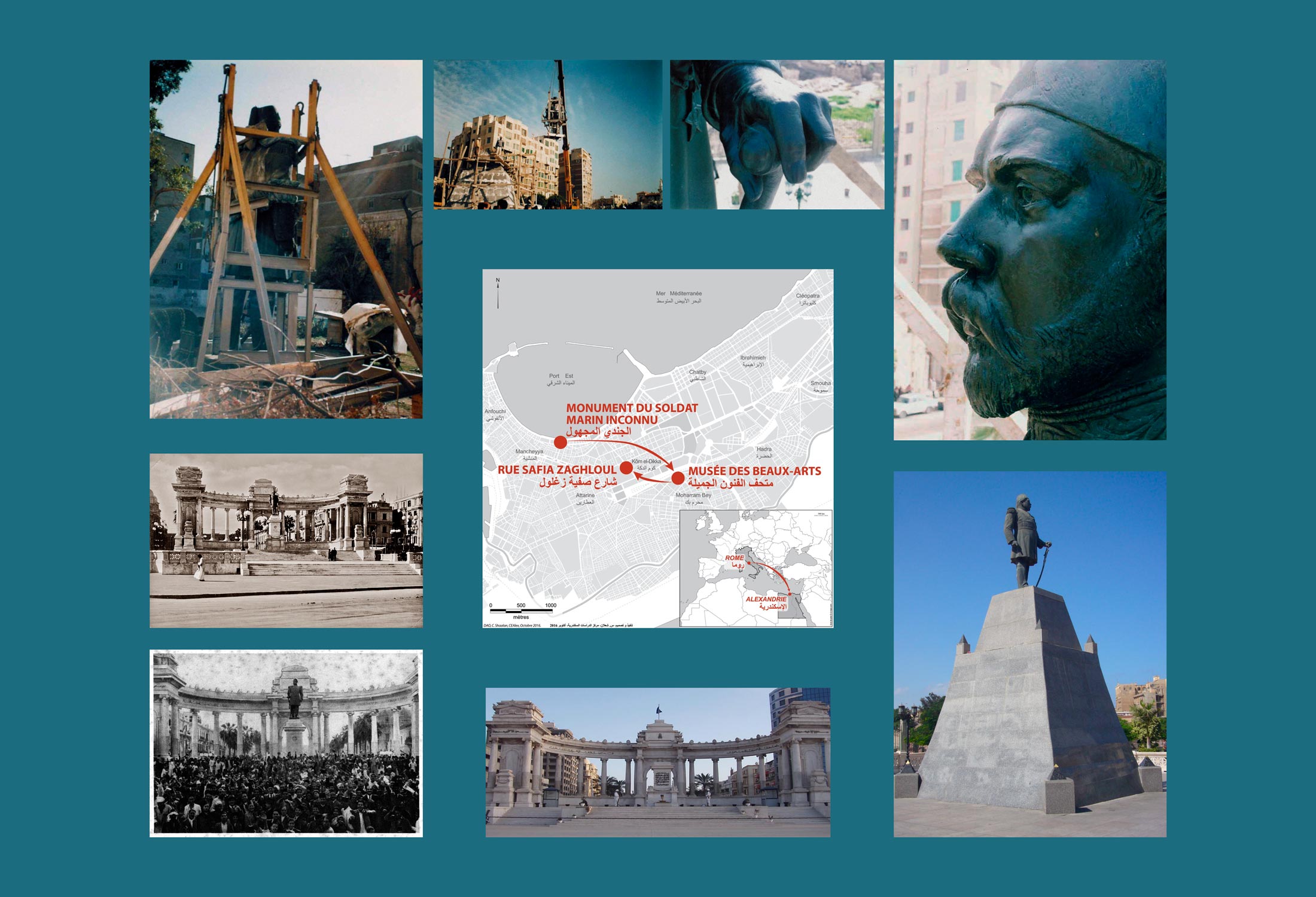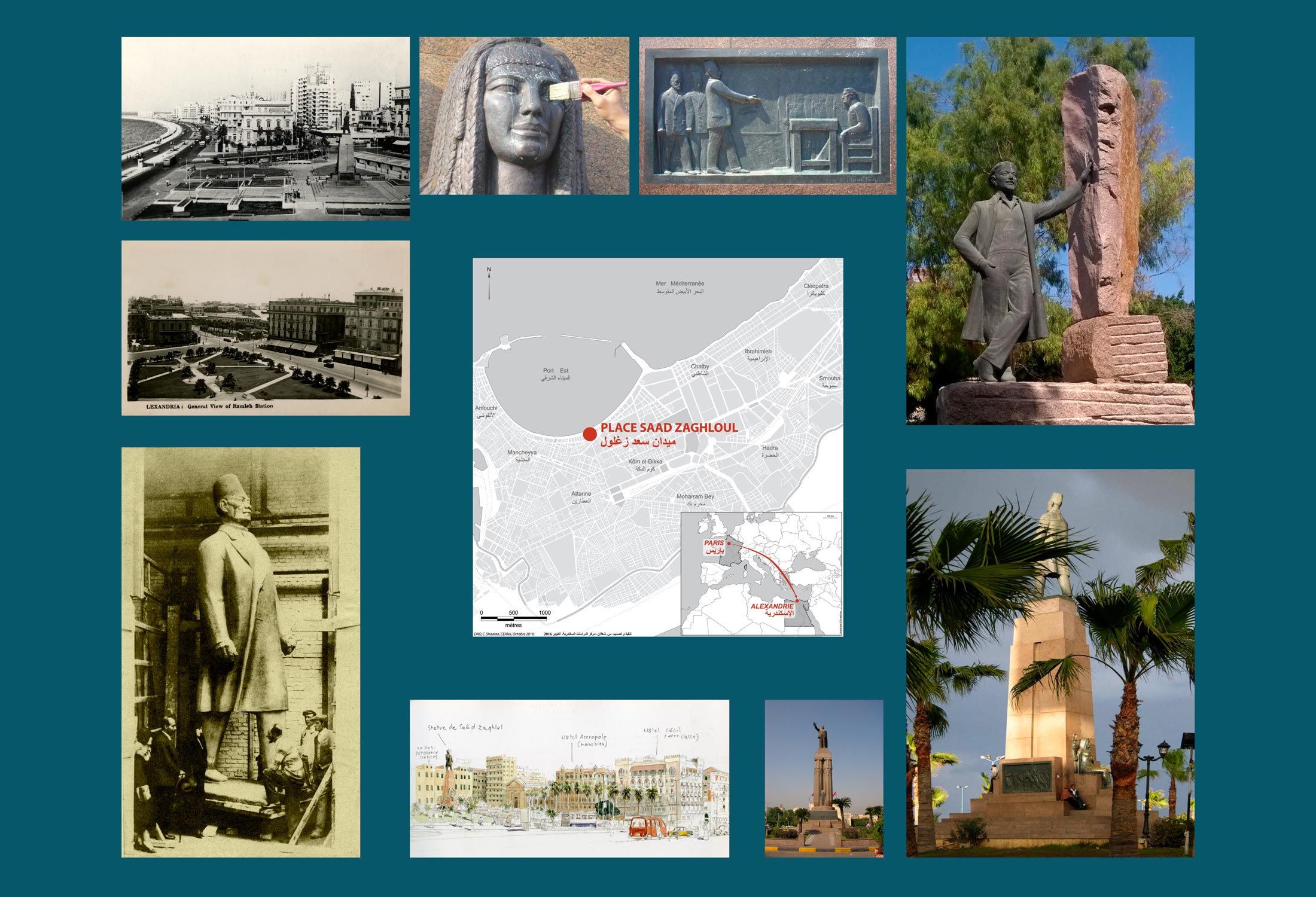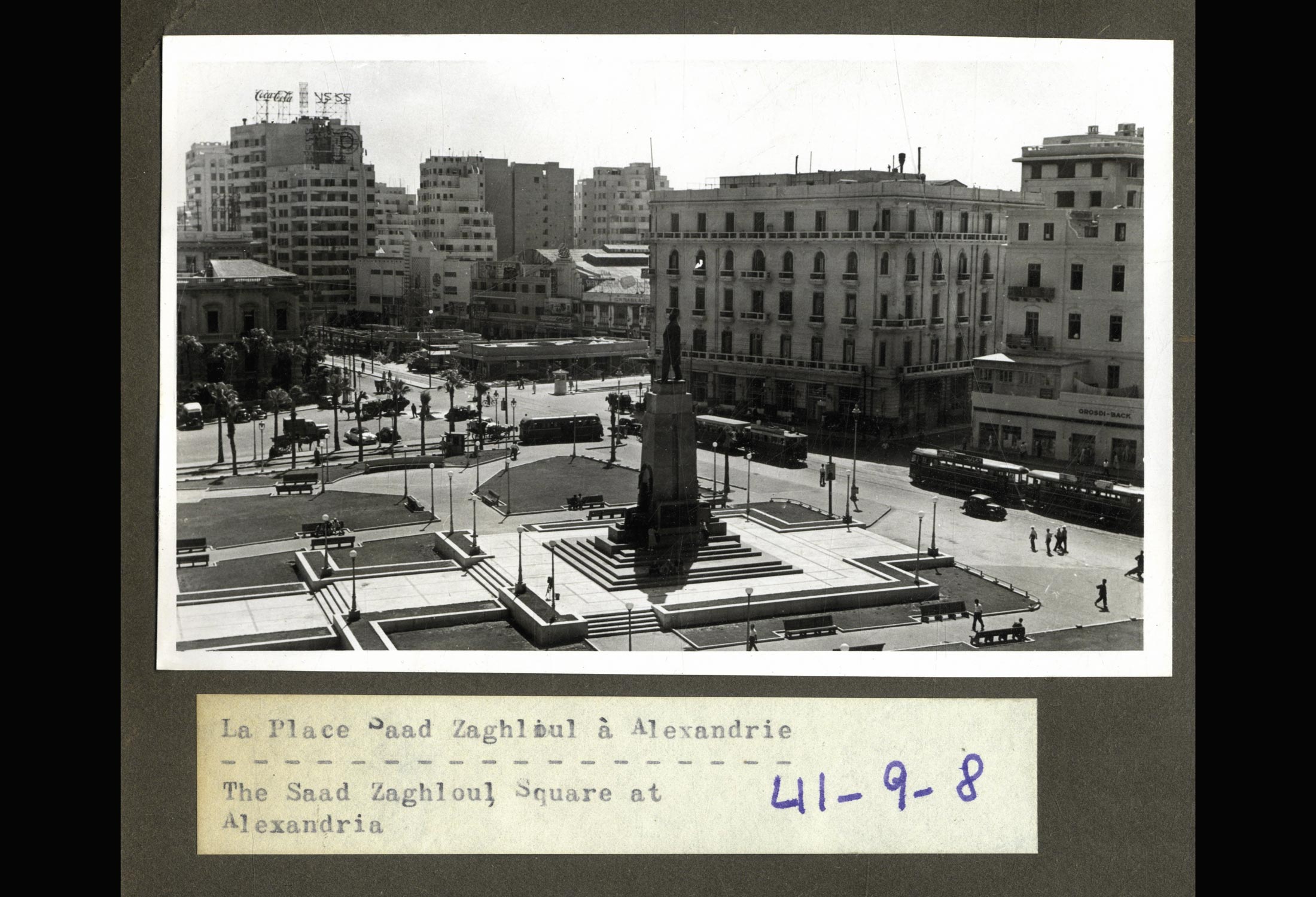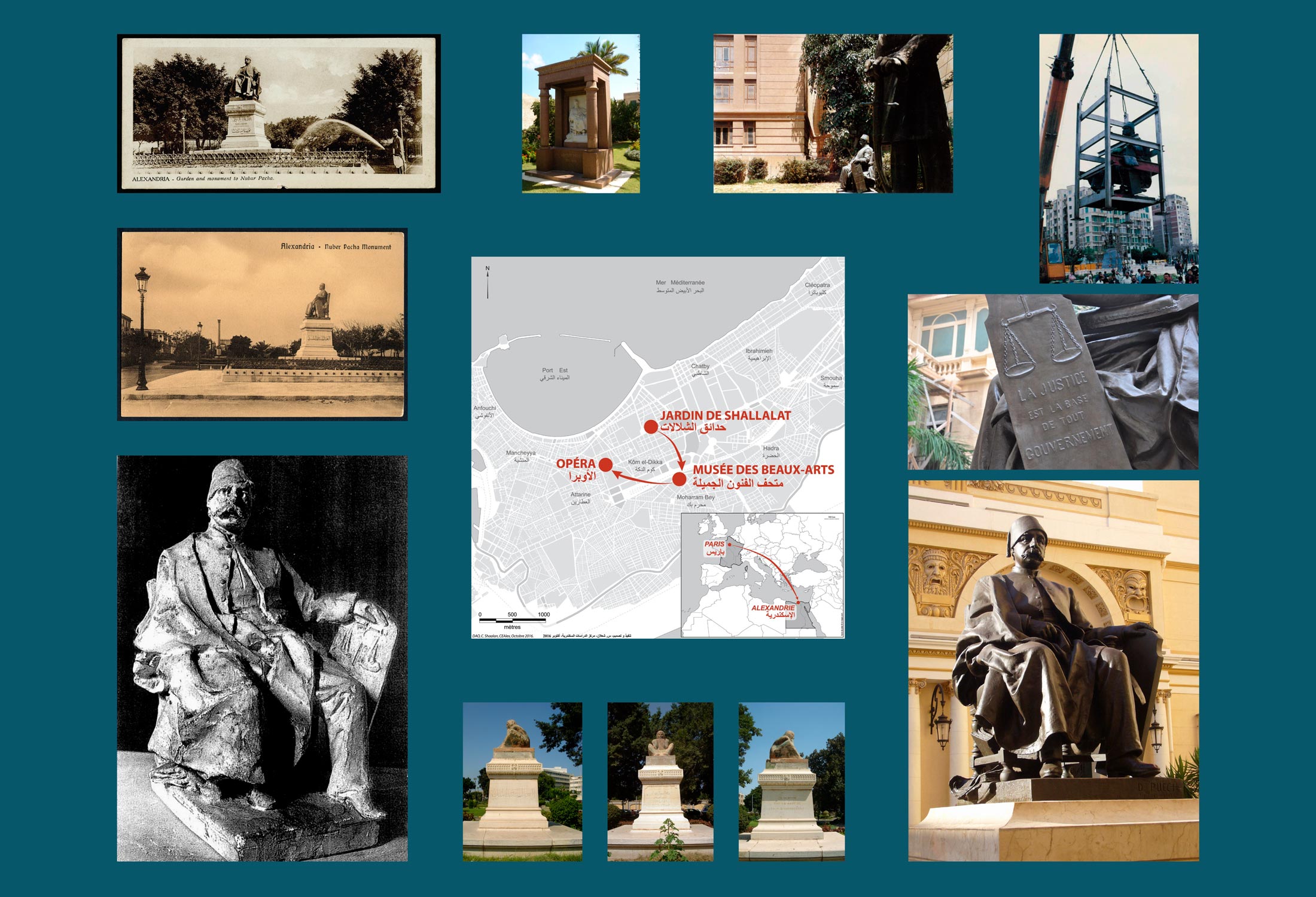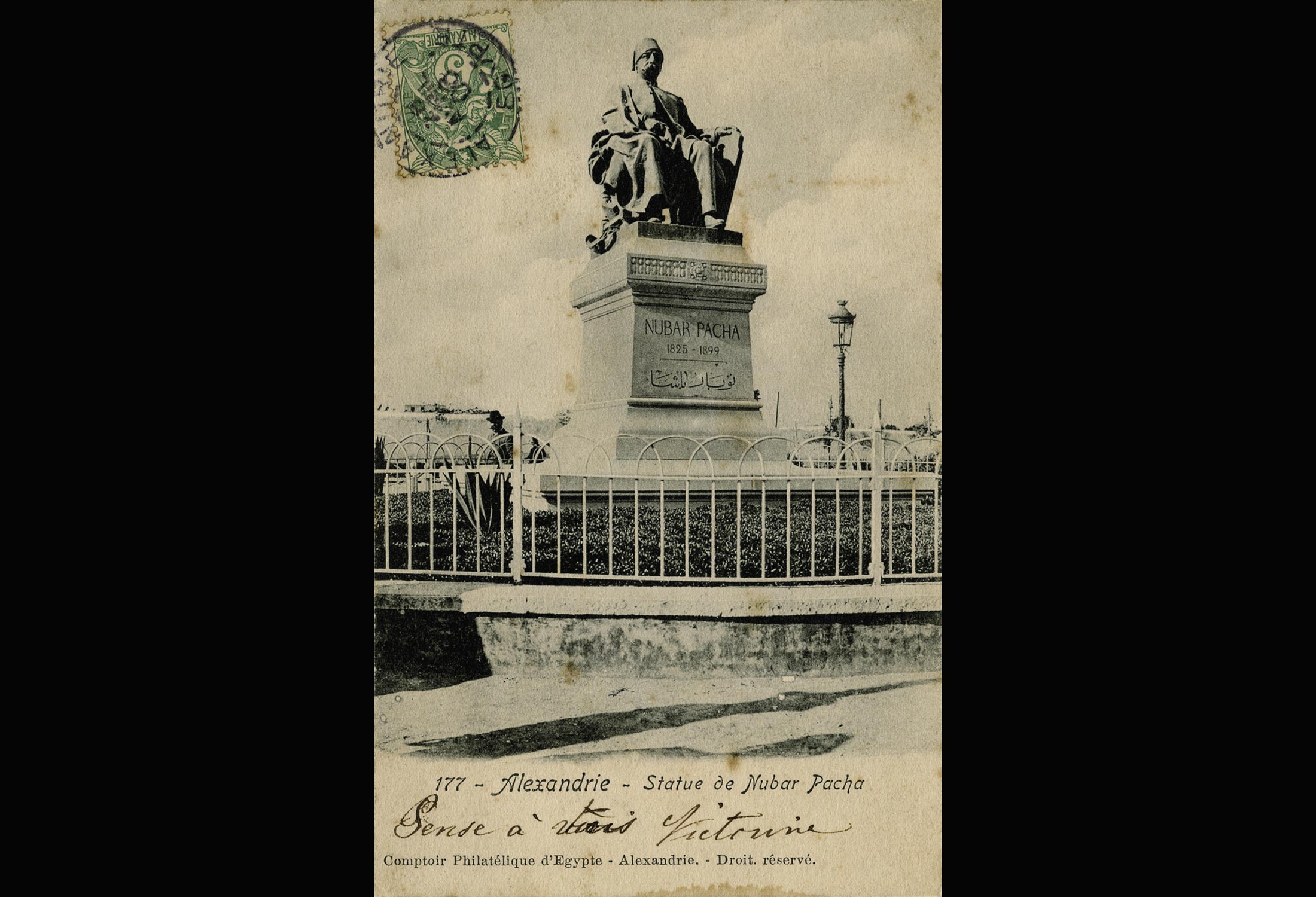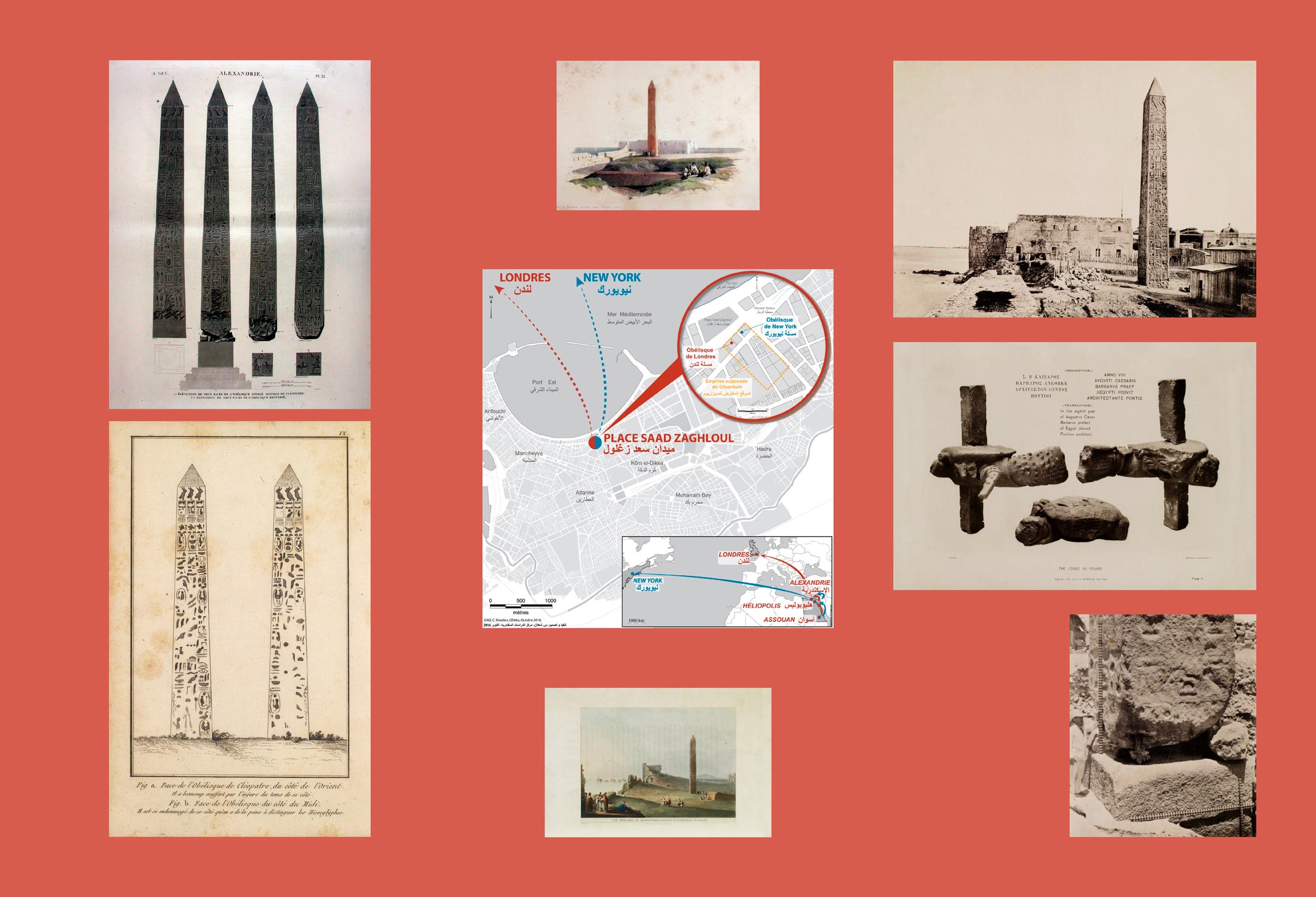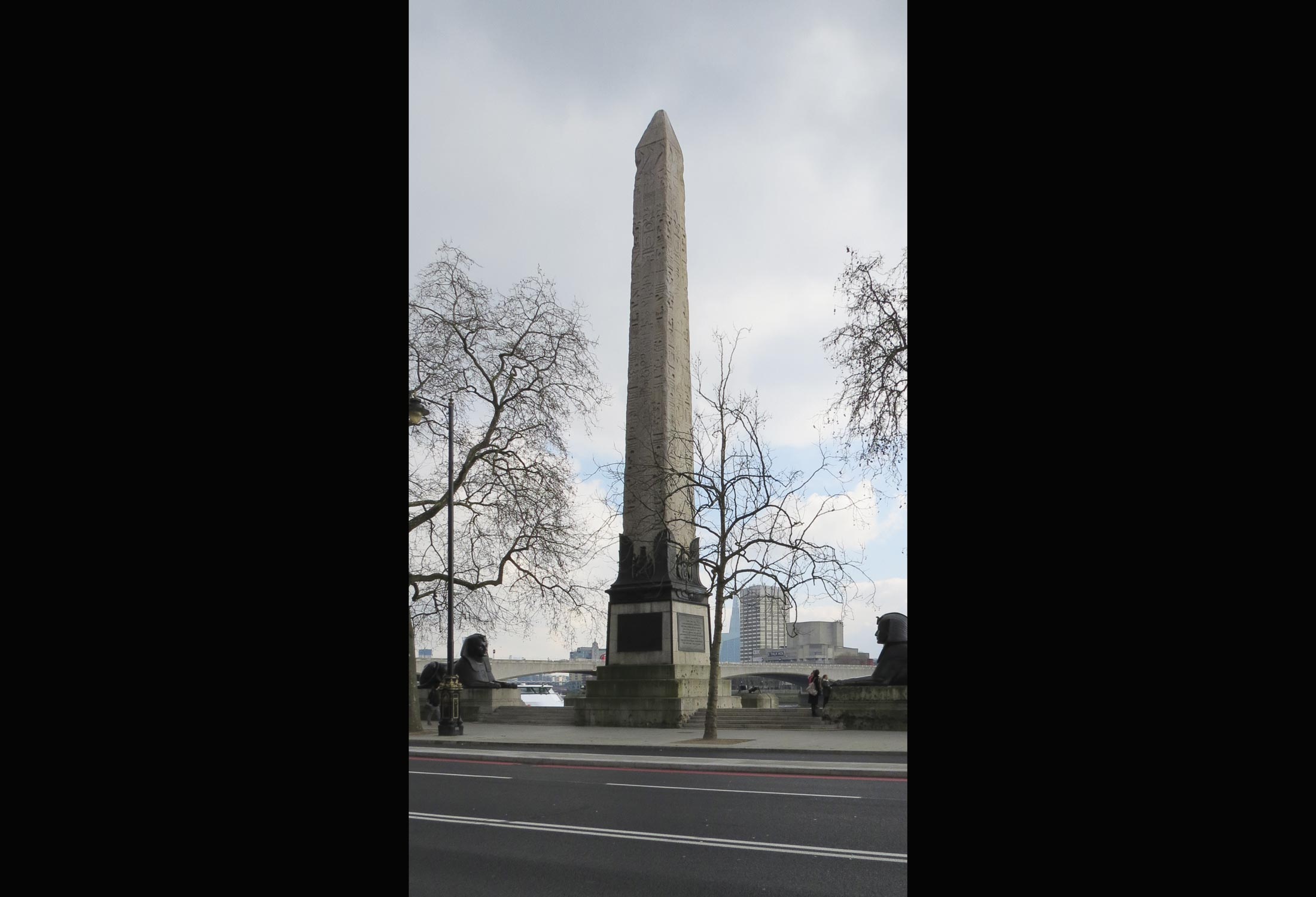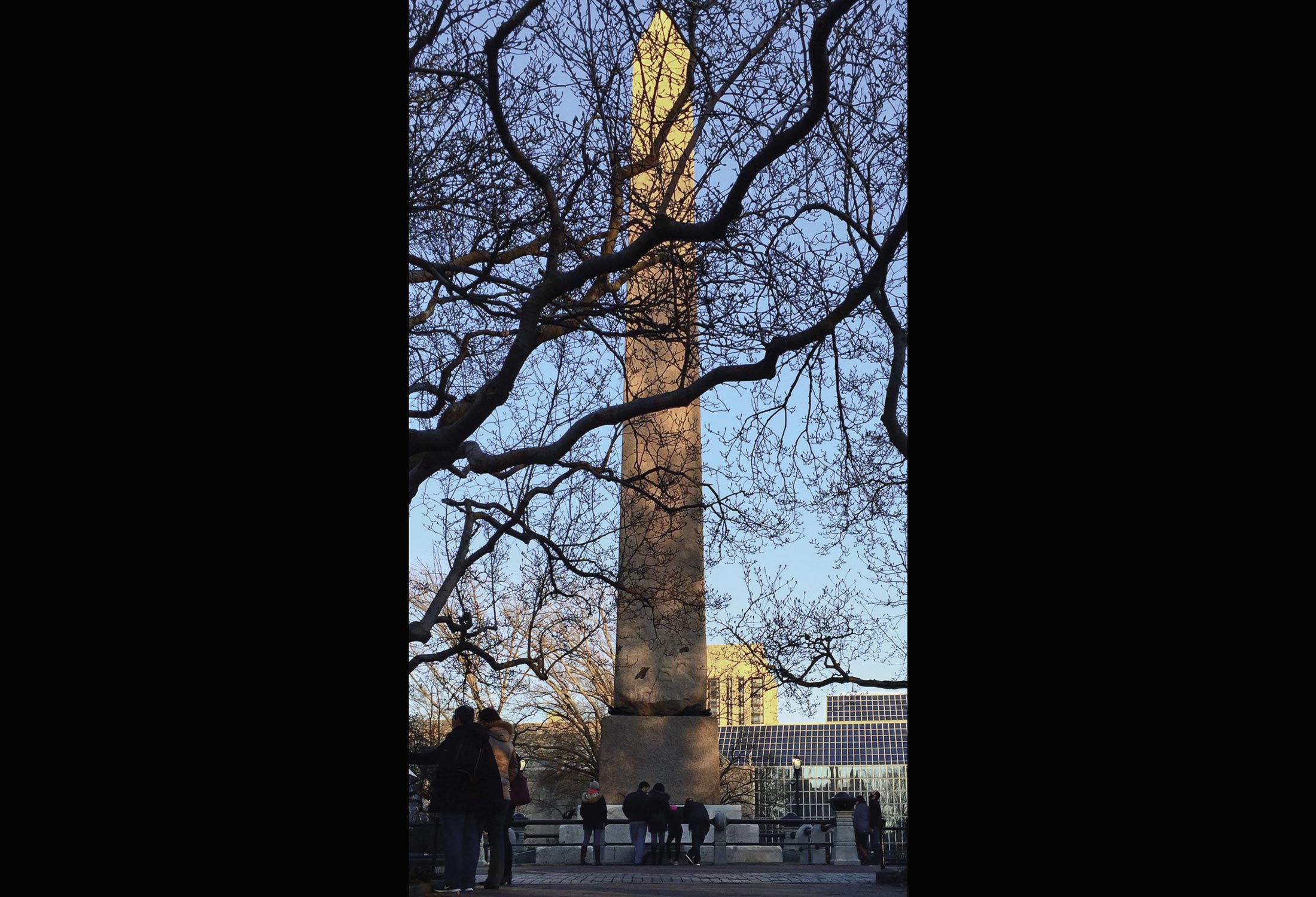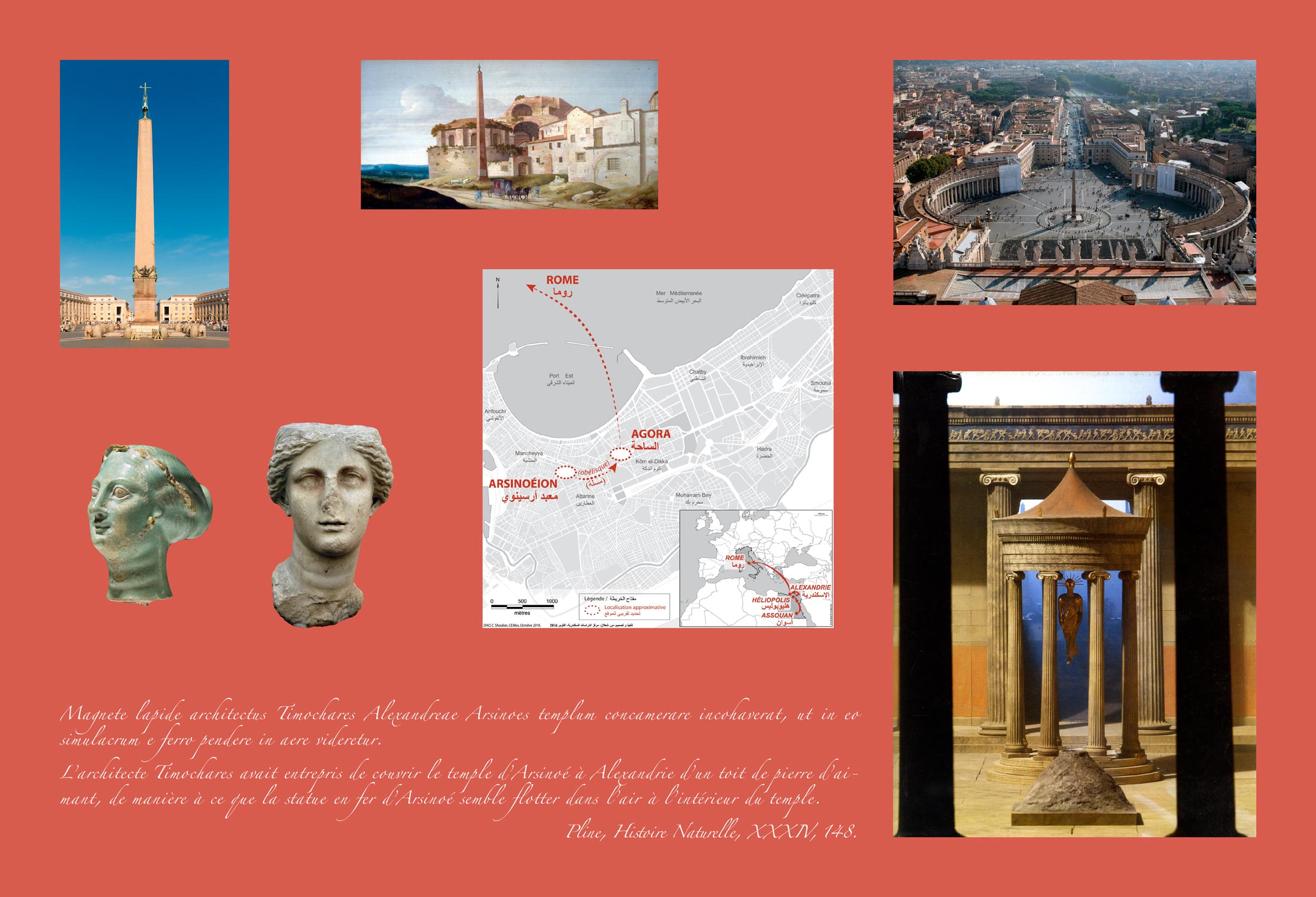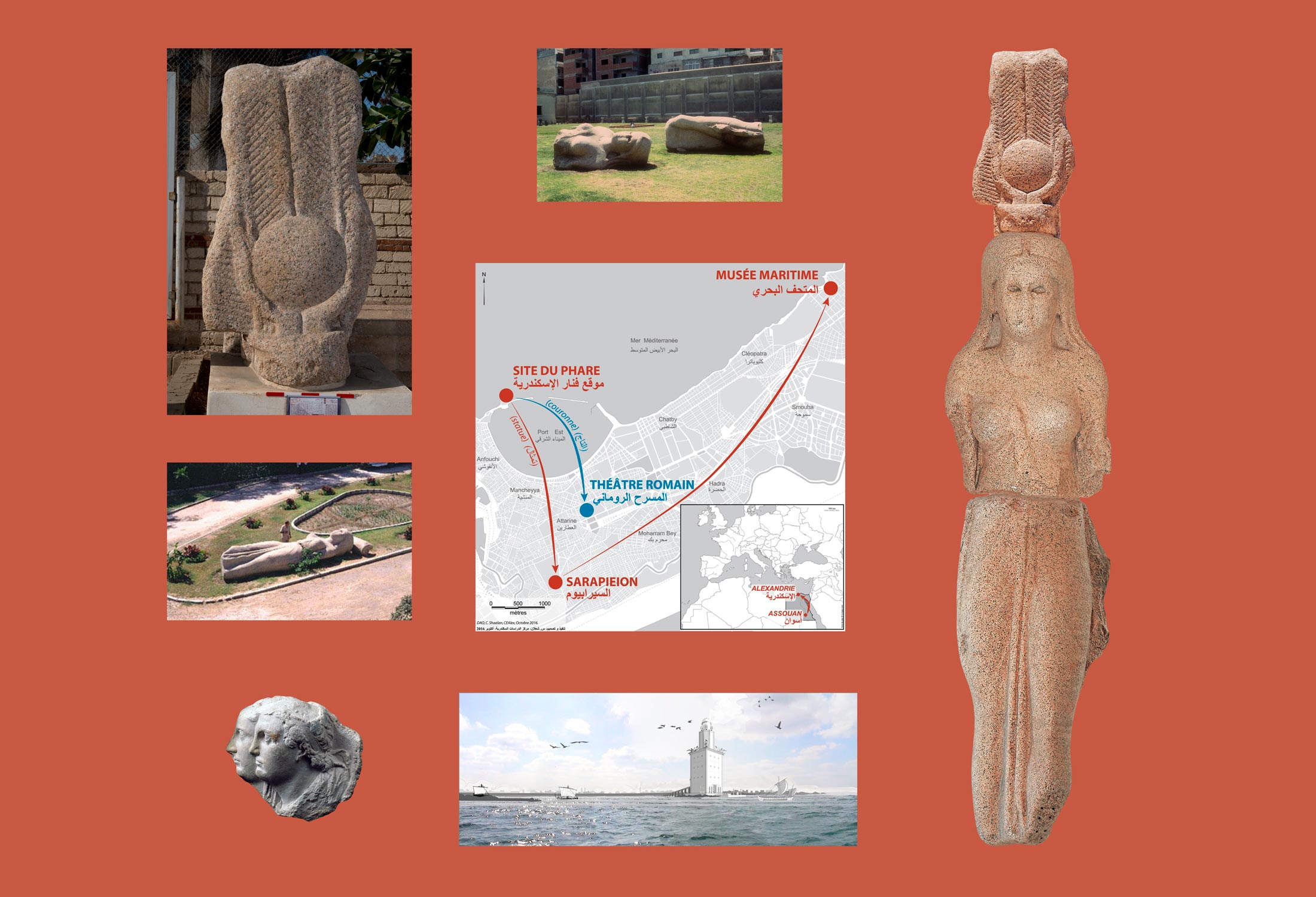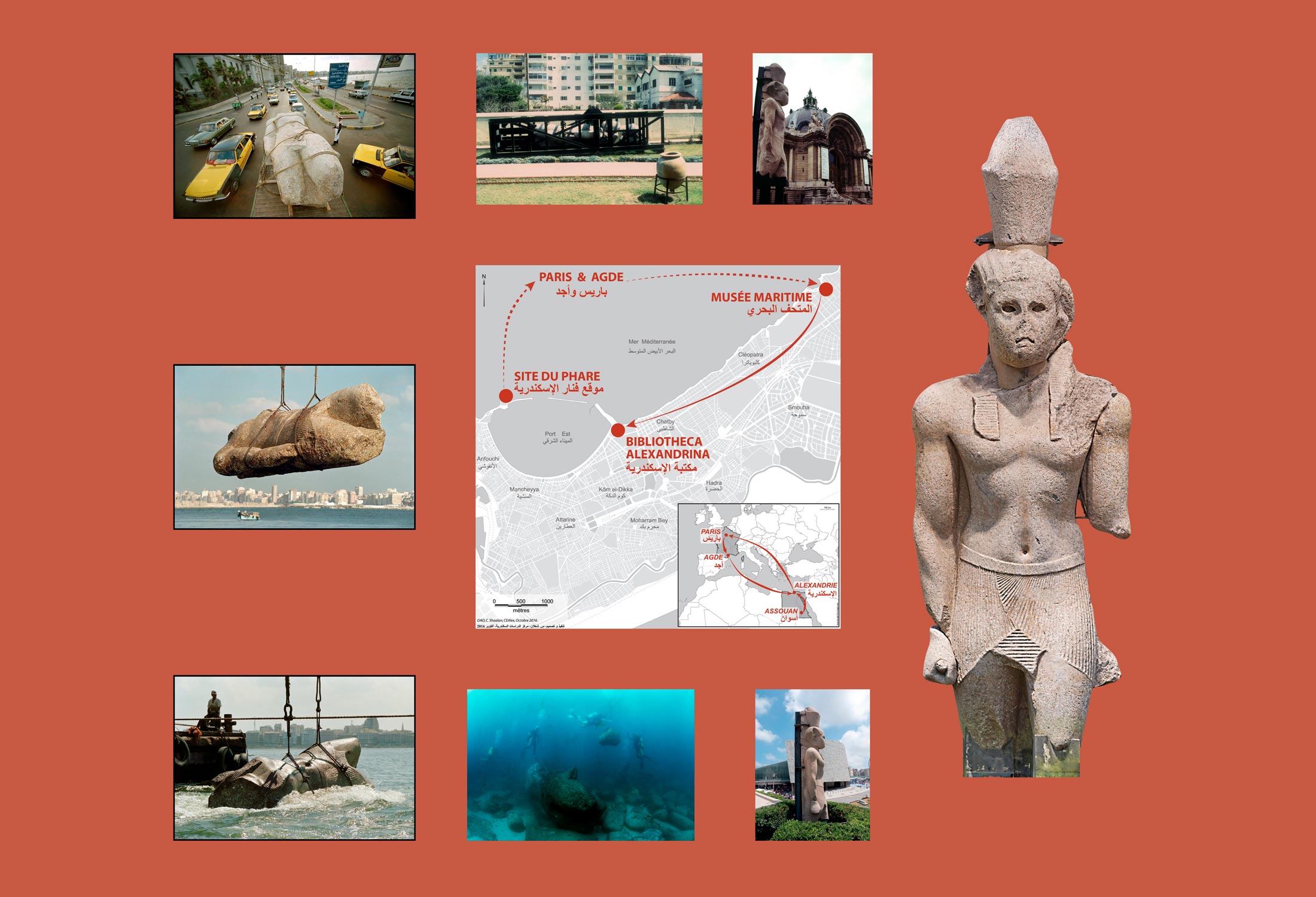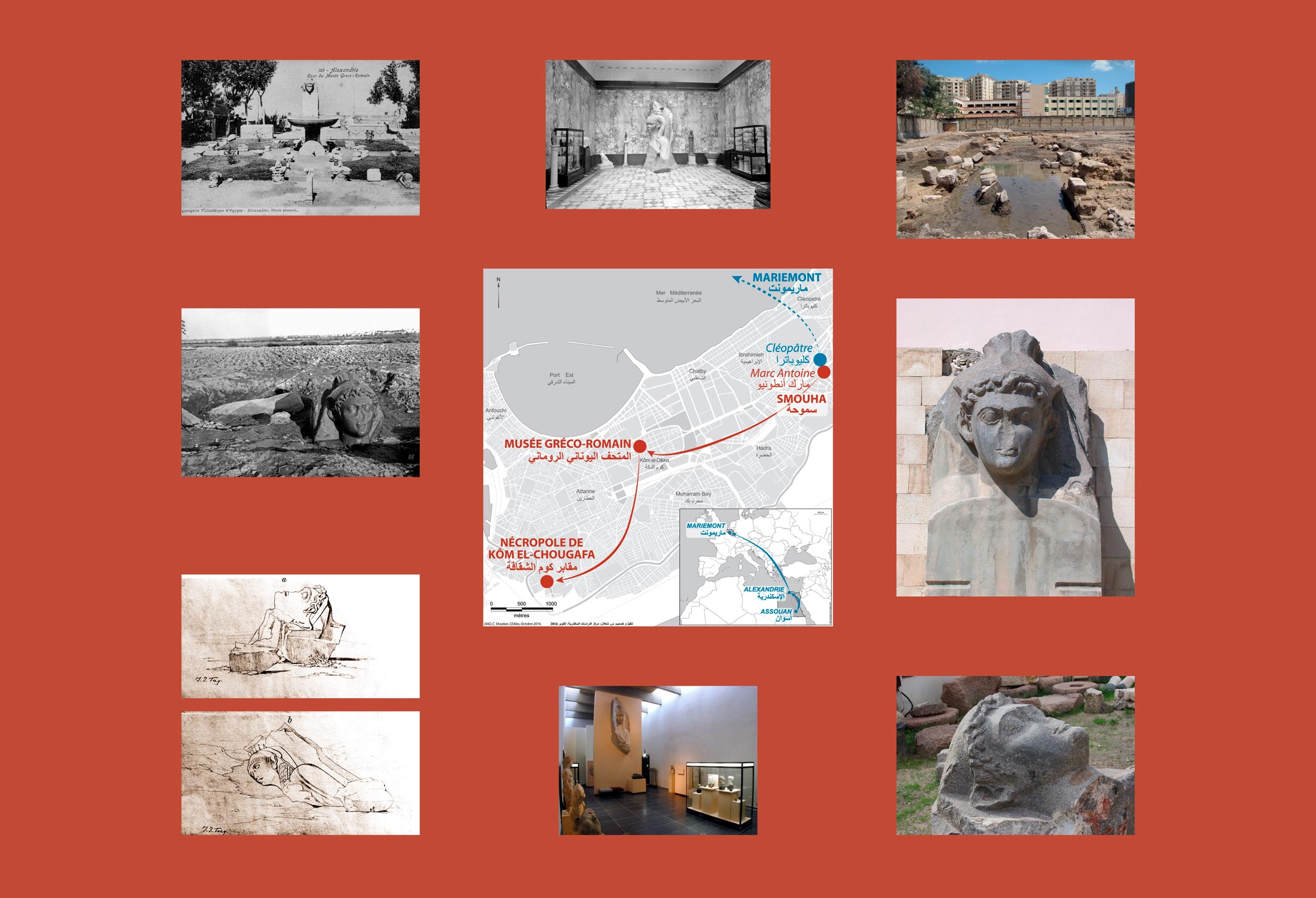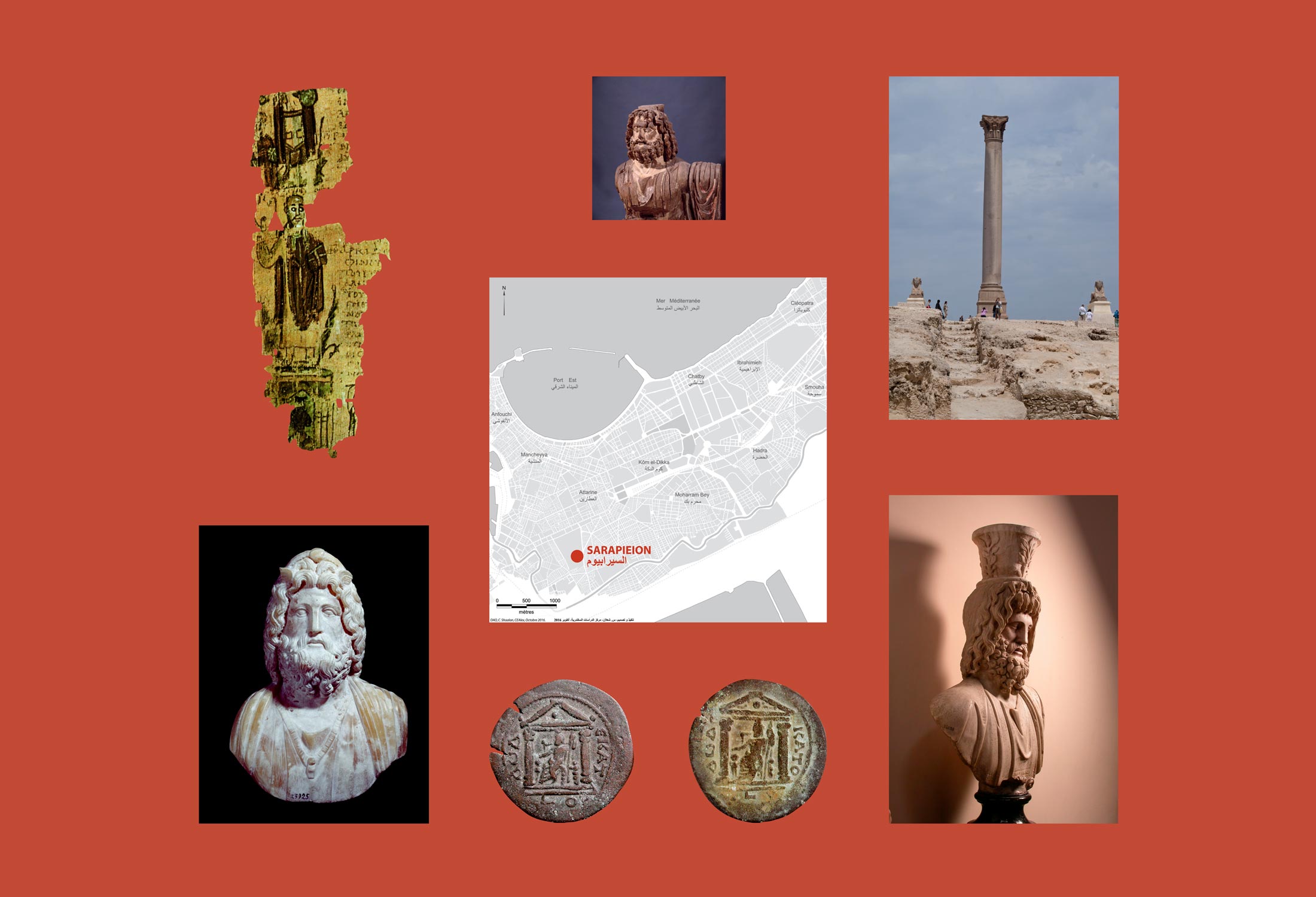Moving statues
Heritage Days 2016
Statues move in Alexandria: so do obelisks. It began in antiquity and has continued into the beginning of the 21st century. This non-stop movement has reflected the ideology of the moment. By borrowing statues and obelisks from the Pharaonic temple of Heliopolis, the Ptolemies hoped to bestow a venerable character on their new capital and to anchor it firmly in Egyptian history. And then, in turn, Europeans and Americans tried to add a historical veneer to their cities by applying some Egyptian décor.
Ideology also affected the statues that remained in Alexandria. Those that recalled too strongly the old guard of viceroys and khedives were brusquely removed from their bases and hidden away, to be replaced by works that better conformed to the artistic dogma of the revolution. Their recent reappearance might be interpreted as a reconciliation with Egypt’s long past, and also as a mark of respect to the beauty of these masterpieces of statuary, executed by leading sculptors from both Egypt and Europe.
The exhibition led to a film entitled The Moving Statues of Alexandria which follows the fate of 12 statues and obelisks which sit at the heart of the city’s memory.

